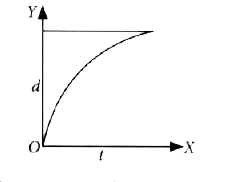The displacement of a particle as a function of time is shown in . It indicates
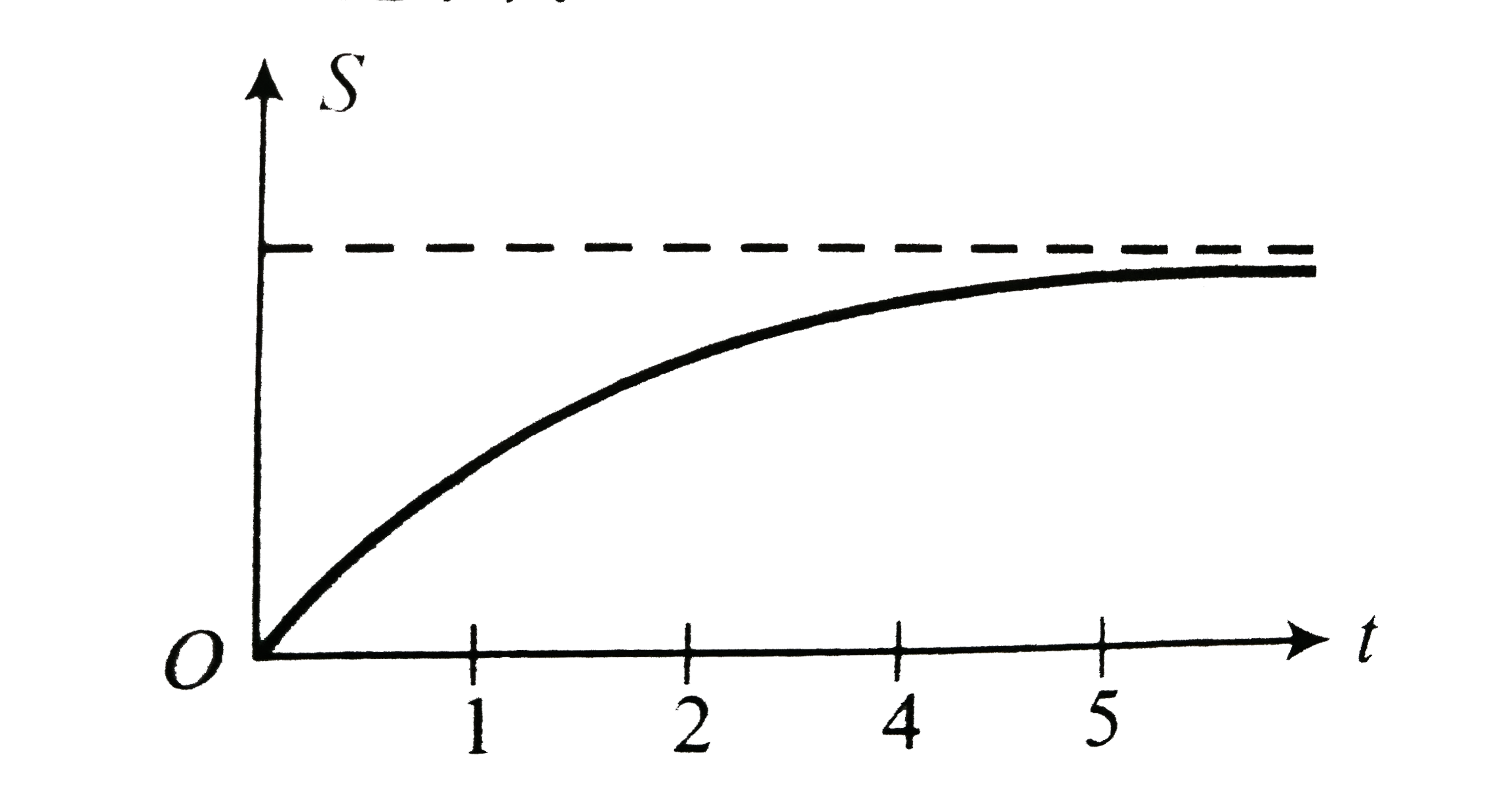 .
.
the particle starts with a certain velocity but the motion is retarded and finally the particle stops
the velocity of the particle is constant throughout
the acceleration of the particle is constant
the particle starts with a constant velocity, the motion is accelerated and finally the particle moves with another constant velocity
The correct Answer is:A
dsdt=0, finally the particle comes at rest.
Topper's Solved these Questions
- MOTION IN A STRAIGHT LINEBOOK - GRB PUBLICATIONCHAPTER - MOTION IN A STRAIGHT LINEEXERCISE - More than one choice is correct
16 Videos
- MOTION IN A STRAIGHT LINEBOOK - GRB PUBLICATIONCHAPTER - MOTION IN A STRAIGHT LINEEXERCISE - Assertion Reason
12 Videos
- MOTION IN A STRAIGHT LINEBOOK - GRB PUBLICATIONCHAPTER - MOTION IN A STRAIGHT LINEEXERCISE - Problems and Practice
16 Videos
- FRICTION AND CIRCULAR MOTION BOOK - GRB PUBLICATIONCHAPTER - FRICTION AND CIRCULAR MOTION EXERCISE - Comprehension type
11 Videos
- MOTION IN TWO AND THREE DIMENSIONSBOOK - GRB PUBLICATIONCHAPTER - MOTION IN TWO AND THREE DIMENSIONSEXERCISE - All Questions
210 Videos
Similar Questions
Knowledge Check
The displacement of a particle as a function of time is shown in the figure. The figure shows that
 Athe particle starts with certain velocity but the motion is retarded and finally the particle stopsBthe velocity of the particle is constant through outCthe acceleration of the particle is constant throughoutDthe particle starts with constant velocity, then motion is accelerated and finally the particle moves with another constant velocity.
Athe particle starts with certain velocity but the motion is retarded and finally the particle stopsBthe velocity of the particle is constant through outCthe acceleration of the particle is constant throughoutDthe particle starts with constant velocity, then motion is accelerated and finally the particle moves with another constant velocity.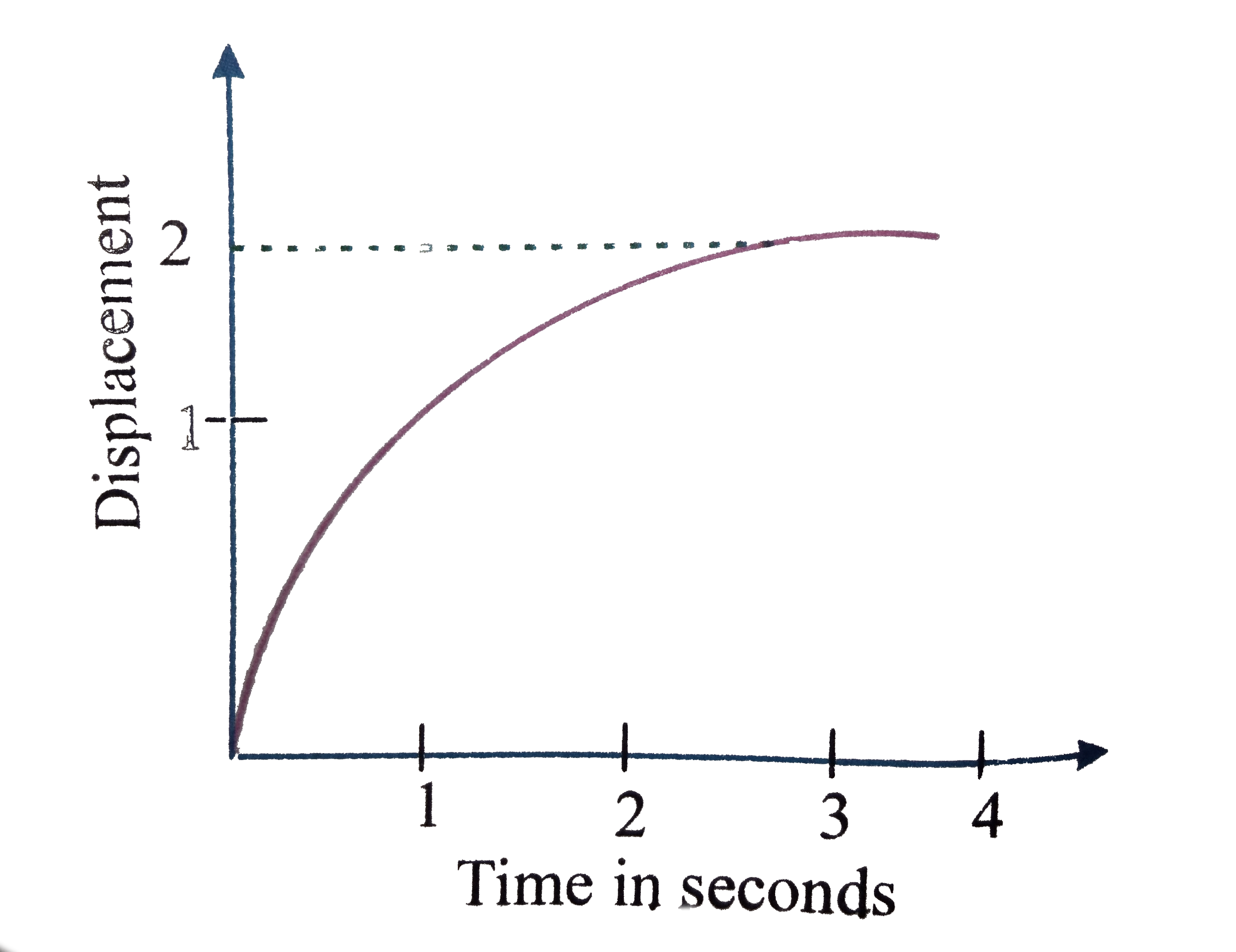
The displacement of a particle as a funtion of time is shown in the figure. The figure shows thatAthe particle starts with certain velocity but the motion is retarded and finally the particle stopsBthe velocity of the particle is constant through out.Cthe acceleration of the particle is constant throughoutDthe particle starts with constant velocity, the motion is accelerated and finally the particle move with another constant velocity.The displacement of a particle as a function of time is shown in figure. The figure indicates that
(##MOT_CON_NEET_PHY_C23_E02_025_Q01.png" width="80%">Athe particle starts with a certain velocity , but the motion is retarded an finally the particle stopsBthe velocity of particle is constant throughoutCthe acceleration of the particle is constant throughoutDthe particle starts with a constant velocity, the motion is accelerated and finally the particle moves with another constant velocity
A transverse sinusoidal wave of wavelength 20 cm is moving along a string towards increasing x. The transverse displacement of the string particle at as a function of time is shown in Figure.
The equation of the wave with all the constants evaluated is:
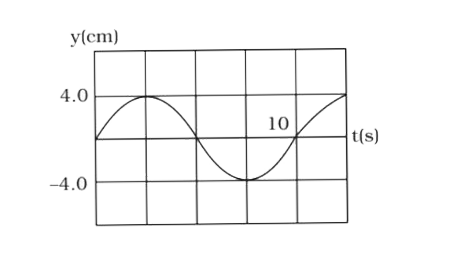
View SolutionThe displacement of a particle in an SHM in one time period is
View SolutionA transverse sinusoidal wave of wavelength 20 cm is moving along a string towards increasing x. the transverse displacement of the string particle at x=0 as a function of time is shown in figure.
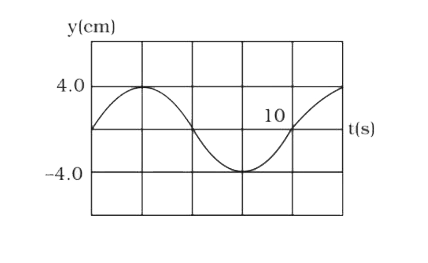
Q. The velocity of propagation of the wave is ?
View SolutionThe displacement-time graph of a particle is as shown below. It indicates that
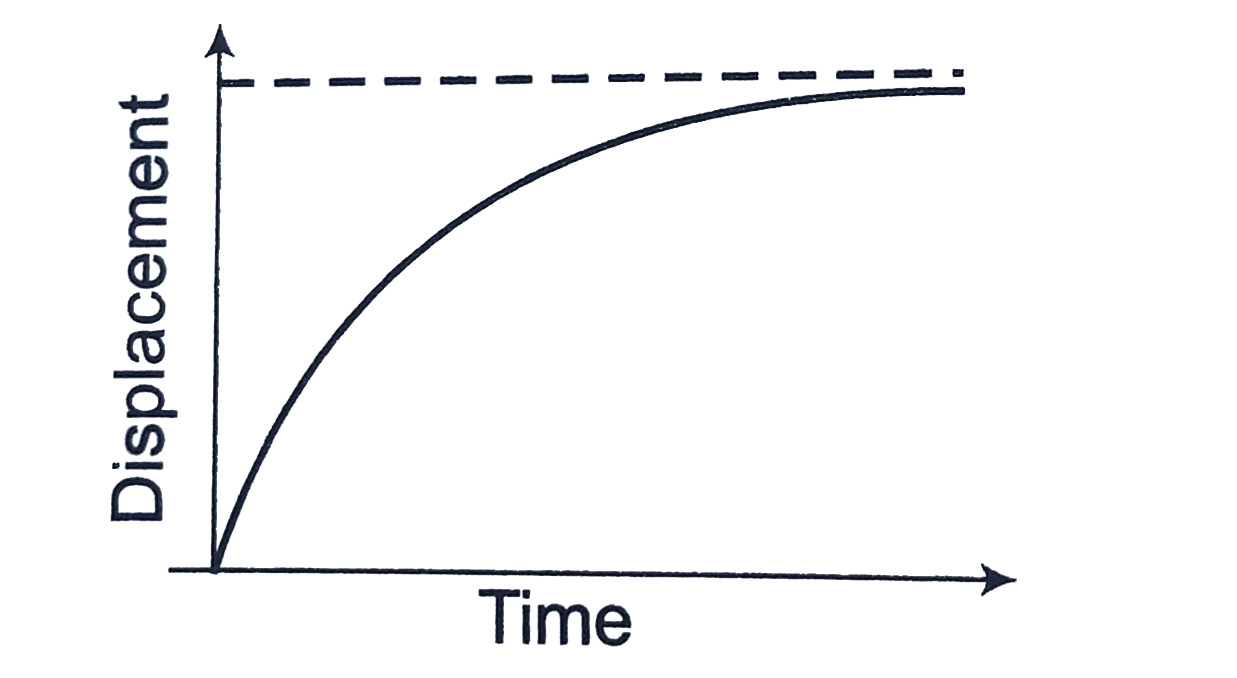
View SolutionIn the diagram shown, the displacement of particles is given as a function of time. The particle a is moving under constant velocity of 9m/s. The particle B is moving under variable acceleration. From time t=0s to t=6s. The average velocity of the particle B will be equal to :-
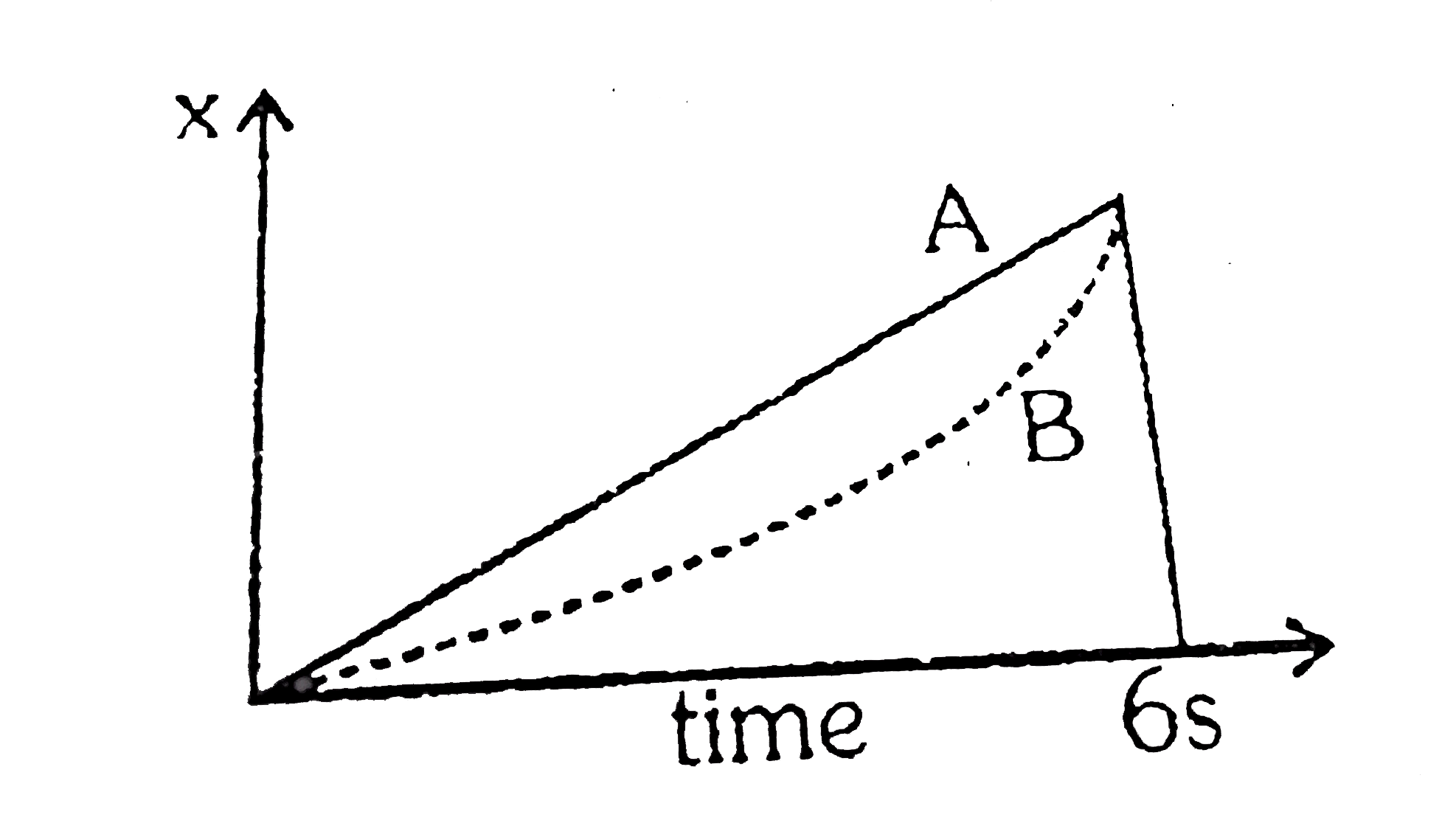
View Solution

